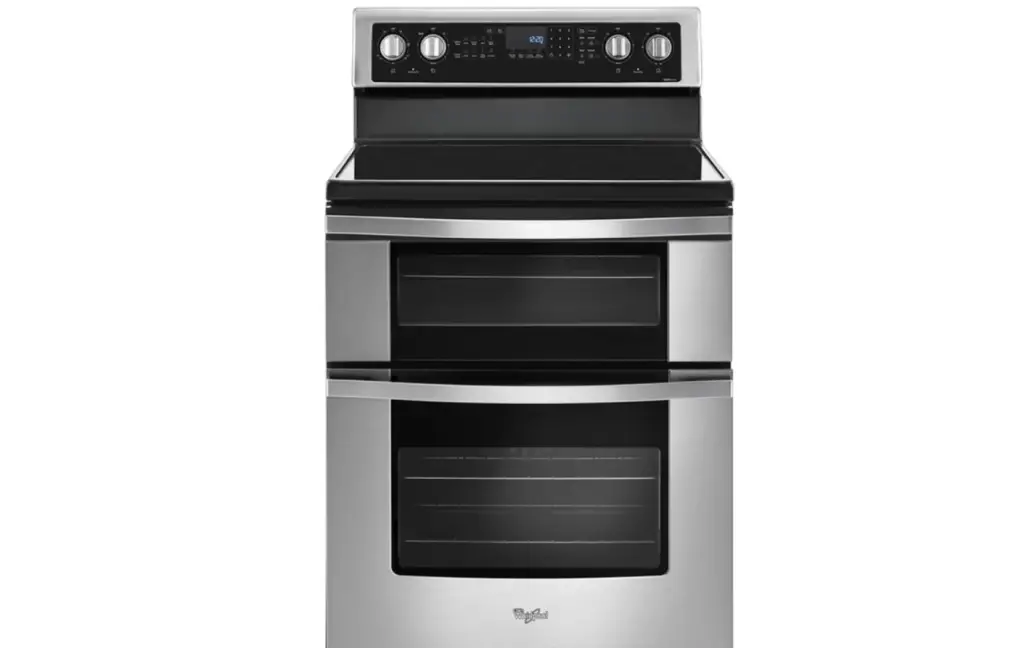If you’ve just invested in a convection oven and baking has become your new challenge, you’re in the right place. This guide will walk you through the essential steps to achieve flawless baking results with your new appliance.

Table of Contents
Understanding the Convection Oven
A convection oven differs from a traditional oven in that it has a fan and exhaust system. This system circulates hot air around the food, leading to quicker and more even cooking.
Convection Oven and Baking – Detailed Instructions
Before you jump into baking, you need to set up your convection oven correctly. Make sure it is placed in an open area where heat can dissipate easily. Plug the oven into an electrical outlet and set the clock if your model has one.
Temperature and Time Adjustments
When you first start using your convection oven for baking, you may notice that your trusted recipes don’t yield the same results as they do in a conventional oven. This discrepancy is often due to temperature and time differences between the two types of ovens.
Because a convection oven circulates hot air, it cooks food more quickly and evenly. Therefore, you should typically lower the suggested temperature of your recipe by about 25°F when using a convection oven.
Similarly, cooking times may need to be adjusted. A rule of thumb is to start checking your bake approximately 10 minutes before the time suggested in the original recipe. You can do this by inserting a toothpick into cakes or by lightly tapping on the bread. If the toothpick comes out clean or the bread sounds hollow, your bake is likely done.
Read more convection oven topics here – Convection Oven: Your Ultimate Guide
Preparing Your Baking Pan
The type of baking pan you use can make a significant difference in the final result of your baking endeavor. For convection ovens, experts recommend light-colored, low-sided pans. Light colors absorb less heat, ensuring a gentler and more even bake. Low sides allow hot air to circulate freely around your food, promoting uniform cooking.
Before you add your batter or dough to the pan, it’s crucial to prepare the surface. A light coating of butter or a quick spray of cooking oil can prevent sticking and make it easier to remove your baked goods later.
Placing the Food
Once your pan is prepared, the next step is to arrange your food properly. Make sure that there’s enough space between cookies, scones, or whatever you’re baking. Crowding the pan can lead to uneven cooking, as the hot air won’t circulate as freely as it should. Aim to leave at least 2 inches between individual items to allow the heat to distribute effectively.
Using the Oven Settings
Convection ovens often come with a variety of settings that can be both a boon and a point of confusion. The two most commonly used settings for baking are “convection bake” and “convection roast.” For baked goods like cakes, cookies, and bread, you’ll usually want to choose the “convection bake” setting.
This mode uses the fan and the heating element to circulate hot air around the oven, achieving even cooking and browning.
Monitoring Your Baking
Because convection ovens cook more efficiently, you may find that your food is ready sooner than anticipated. This is especially true during the last stages of baking when your food is closer to being done.
You’ll want to keep an eye on your oven during this time. Look through the oven window or open the door briefly to check on the color and texture. If your food looks like it’s cooking too quickly or browning unevenly, you may need to rotate the pan or adjust the oven temperature accordingly.
Conclusion: Convection Oven and Baking
Convection oven and baking can seem challenging at first, but with the right steps, you can master it easily. It’s all about understanding your new appliance and adapting your baking skills accordingly.